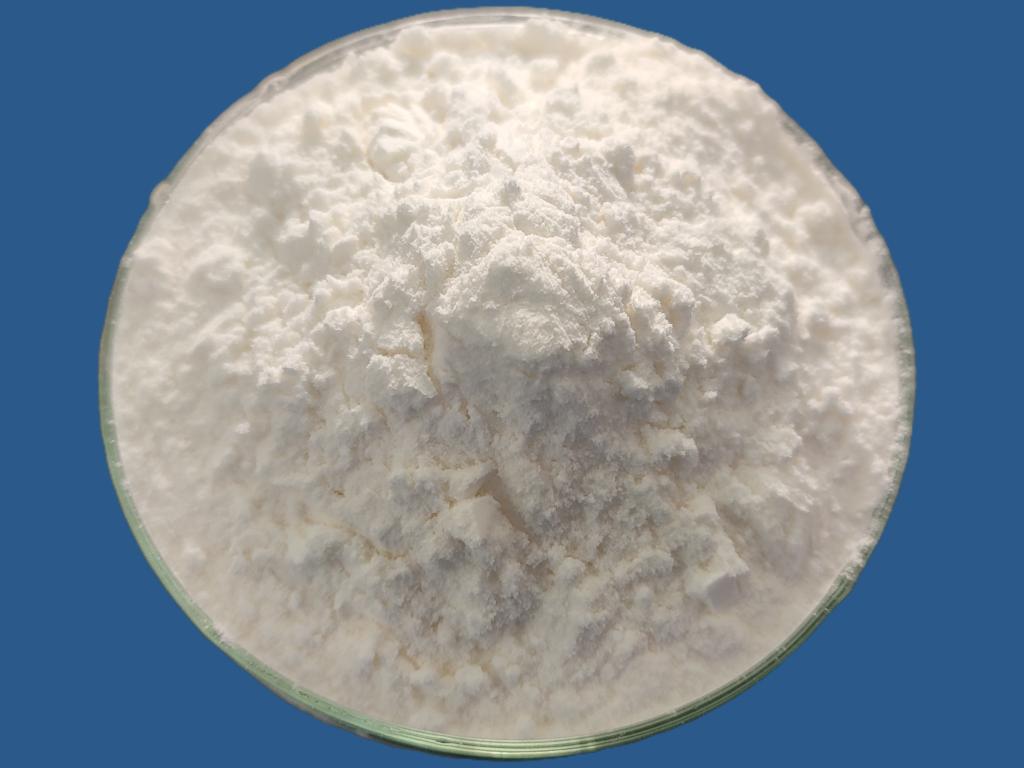Tel:+8618231198596

News
 CONTACT
CONTACT
 CONTACT
CONTACT
- Linkman:Linda Yao
- Tel: +8618231198596
- Email:linda.yao@dcpharma.cn
- Linkman:CHARLES.WANG
- Department:Overseas
- Tel: 0086 0311-85537378 0086 0311-85539701
News
Current Position:
Home >
News
>ε-Polylysine hydrochloride's role in reducing foodborne illness outbreaks.
ε-Polylysine hydrochloride's role in reducing foodborne illness outbreaks.
TIME:2024-05-11
1. Mechanisms of Action of ε-Polylysine Hydrochloride:
Disruption of bacterial cell membranes: ε-PL interacts with the cell membranes of foodborne pathogens, disrupting membrane integrity and leading to cell death.
Inhibition of microbial growth: ε-PL inhibits the growth and proliferation of a wide range of foodborne bacteria, including Gram-positive and Gram-negative pathogens.
Prevention of biofilm formation: ε-PL can interfere with the formation of bacterial biofilms on food contact surfaces, reducing the risk of contamination and cross-contamination.
2. Applications of ε-Polylysine Hydrochloride in Food Preservation:
Meat and poultry: ε-PL can be used as a preservative in meat and poultry products to inhibit the growth of pathogens such as Salmonella, Campylobacter, and Escherichia coli.
Dairy products: ε-PL is effective in extending the shelf-life of dairy products such as cheese, yogurt, and milk by controlling the growth of spoilage and pathogenic bacteria.
Ready-to-eat foods: ε-PL can be incorporated into ready-to-eat foods, including salads, sandwiches, and deli meats, to prevent microbial contamination during storage and distribution.
3. Role of ε-Polylysine Hydrochloride in Reducing Foodborne Illness Outbreaks:
Control of pathogens in the food supply chain: By inhibiting the growth of foodborne pathogens, ε-PL helps reduce the risk of contamination at various stages of food production, processing, and distribution.
Prevention of cross-contamination: ε-PL can be used to sanitize food contact surfaces, equipment, and utensils, reducing the risk of cross-contamination and the spread of foodborne pathogens in food processing facilities.
Enhancement of food safety practices: Incorporating ε-PL into food safety management systems can help improve hygiene practices, sanitation protocols, and microbial control measures in food production facilities.
4. Regulatory Considerations and Challenges:
Safety assessment: ε-Polylysine hydrochloride has been evaluated for safety by regulatory agencies worldwide and is approved for use as a food additive.
Regulatory approvals: Compliance with regulatory requirements, including maximum residue limits and labeling regulations, is essential for the approval and use of ε-PL in food products.
Consumer acceptance: Addressing consumer perceptions and concerns about the use of ε-PL in food products is crucial for its widespread acceptance and adoption.
5. Future Prospects and Research Directions:
Development of novel formulations: Further research is needed to develop novel formulations and delivery systems for ε-PL, such as encapsulation or controlled release technologies, to enhance its effectiveness and application versatility.
Evaluation of synergistic combinations: Studying the synergistic effects of ε-PL with other antimicrobial agents or food preservation techniques may enhance its efficacy and broaden its applicability in diverse food products.
Risk assessment and management: Continued research on the risk assessment and management of ε-PL in food production and processing is necessary to ensure its safe and effective use in reducing foodborne illness outbreaks.
Conclusion:
ε-Polylysine hydrochloride plays a crucial role in reducing the risk of foodborne illness outbreaks by inhibiting the growth of foodborne pathogens and preventing microbial contamination throughout the food supply chain. With its broad-spectrum antimicrobial activity, safety profile, and regulatory approvals, ε-PL offers a promising solution for enhancing food safety and protecting public health. Continued research, regulatory support, and industry collaboration are essential for maximizing the potential of ε-PL in reducing foodborne illness outbreaks and improving food safety practices worldwide.
- Tel:+8618231198596
- Whatsapp:18231198596
- Chat With Skype







